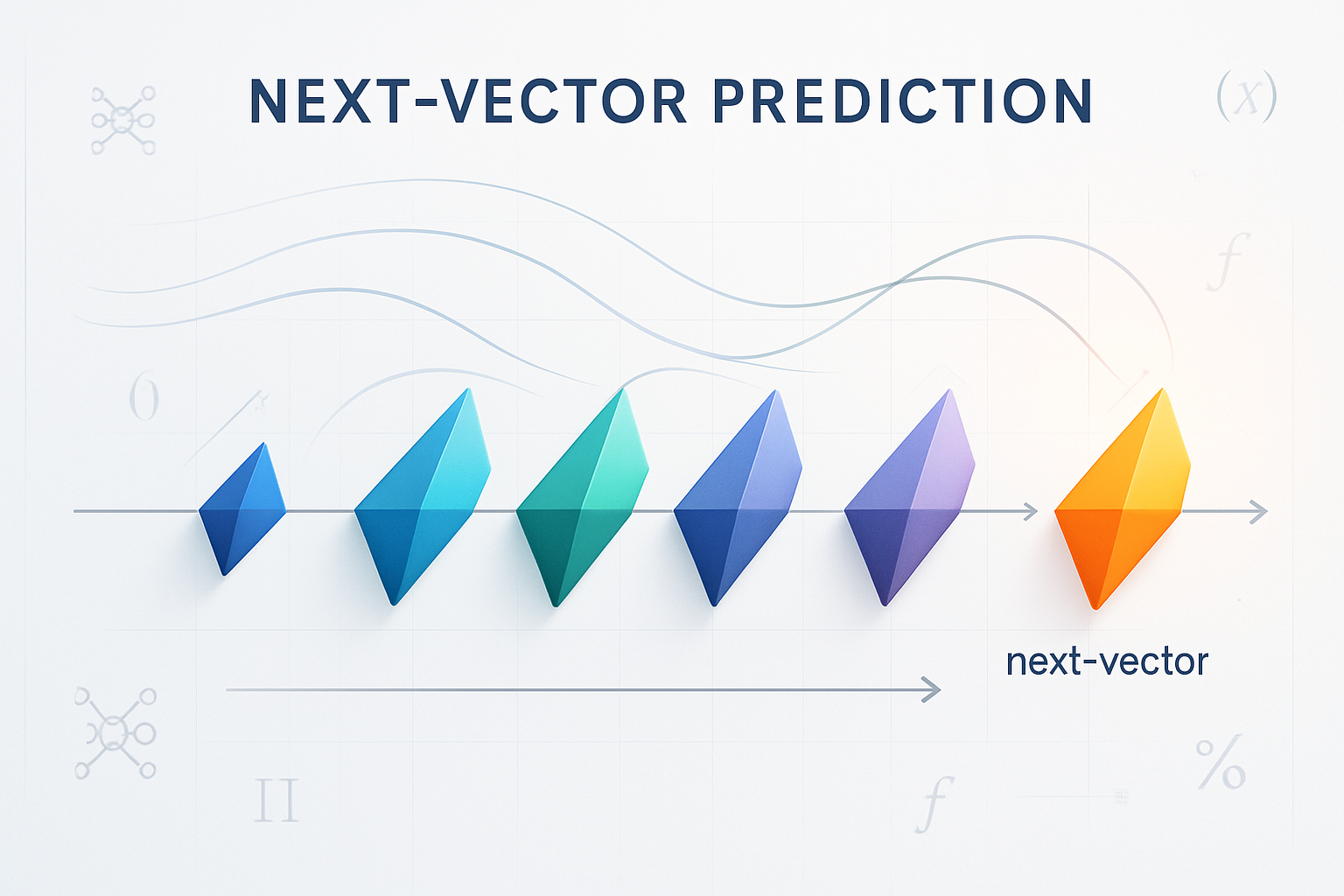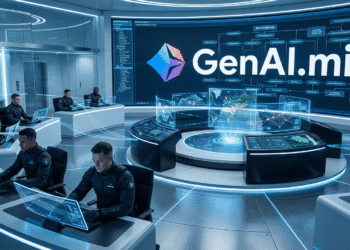Artificial intelligence has evolved dramatically in recent years, prompting intense debate about its future trajectory. Two concepts frequently discussed in AI research and futurist circles are Artificial General Intelligence (AGI) and Artificial Superintelligence (ASI). While related, these terms represent fundamentally different stages of AI development with distinct implications for humanity. This article explores the definitions, characteristics, development pathways, and potential impacts of AGI and ASI, drawing on perspectives from leading researchers, recent advancements, and ethical considerations.

Defining the Intelligence Spectrum
Artificial General Intelligence (AGI)
AGI refers to a theoretical form of AI that possesses human-level intelligence across a wide range of tasks. Unlike current AI systems, which excel at specific functions (Artificial Narrow Intelligence or ANI), AGI would demonstrate the ability to understand, learn, and apply knowledge across domains with the adaptability and general problem-solving capabilities of a human being.
According to the Netguru blog, AGI is characterized by:
- General learning ability: The capacity to learn and perform any intellectual task that a human can
- Adaptability: The ability to transfer knowledge across domains and solve problems in unfamiliar contexts
- Human-like reasoning: Demonstrating reasoning, creativity, and emotional understanding
As noted by Forbes contributor Craig Smith, “AGI has long been the ultimate goal—a technology capable of performing the mental work of humans, transforming how we work, live, think. Now, as we step into 2025, glimmers of AGI are already appearing and promise to grow stronger as the year moves along” (Forbes).
Artificial Superintelligence (ASI)
ASI represents a hypothetical stage beyond AGI where machine intelligence surpasses human capabilities across all domains. Nick Bostrom, a prominent philosopher and AI researcher, defines superintelligence as “an intellect that is much smarter than the best human brains in practically every field, including scientific creativity, general wisdom and social skills.”
According to BotInfo, ASI would be characterized by:
- Superior cognitive abilities: Exceeding human limits in processing, memory, and understanding
- Recursive self-improvement: The ability to enhance its own algorithms without human intervention
- Global optimization: Solving complex global challenges beyond human comprehension
Key Differences Between AGI and ASI
The distinction between AGI and ASI lies primarily in their relationship to human intelligence:
| Aspect | AGI | ASI |
|---|---|---|
| Intelligence Level | Matches human intelligence | Surpasses human intelligence in all aspects |
| Capabilities | General problem-solving and adaptability | Solves problems beyond human comprehension |
| Development Status | Theoretical but actively pursued | Speculative and hypothetical |
| Self-Improvement | Limited to human-designed improvements | Capable of recursive self-improvement |
| Impact | Revolutionizes industries and human tasks | Potentially reshapes civilization entirely |
Historical Development and Current Progress
The journey toward AGI and ASI has been marked by significant milestones:
- Early Foundations (1950s-1960s): Alan Turing proposed the Turing Test (1950), and the Dartmouth Conference (1956) marked the birth of AI as a field.
- Symbolic AI Era (1970s-1980s): Expert systems demonstrated narrow intelligence but lacked generality.
- Machine Learning Revolution (1990s-2000s): The backpropagation algorithm enabled training of multilayer neural networks.
- Deep Learning Breakthroughs (2010s): AlphaGo’s victory over human champions demonstrated the potential of reinforcement learning.
- Large Language Models (2020s): Systems like GPT-4 show impressive capabilities across multiple domains.
Recent developments suggest accelerating progress toward AGI. According to Forbes, “OpenAI’s GPT-o1 model scored 83% on the International Mathematical Olympiad (IMO) qualifying exam… Subsequently the GPT-o3 model achieved a groundbreaking score of 87.5% on the ARC-AGI benchmark, which evaluates an AI’s ability to solve entirely novel problems without relying on pre-trained knowledge” (Forbes).

Expert Perspectives on AGI and ASI
The AI research community holds diverse views on the feasibility and timeline of AGI and ASI:
Optimistic Perspectives
Sam Altman, CEO of OpenAI, has expressed confidence in AGI’s near-term development. In his manifesto “The Intelligence Age,” Altman argues that “AGI isn’t just a tool, it’s a new phase in human history” (Forbes). Altman projects AGI could emerge as early as 2025, while Anthropic CEO Dario Amodei anticipates it by 2026 or 2027 (Interesting Engineering).
Demis Hassabis, CEO of Google DeepMind, recently stated that he believes AGI will emerge “in the next five or 10 years” (CNBC).
Skeptical Perspectives
Not all researchers share this optimism. According to a recent survey of AI scientists, “most say current AI models are unlikely to lead to artificial general intelligence with human-level capabilities, even as companies invest billions of dollars in development” (New Scientist).
Gary Marcus, a prominent AI researcher and critic, has consistently argued that current approaches to AI, particularly large language models, face fundamental limitations that will prevent them from achieving true general intelligence without significant architectural changes.
Technical Characteristics and Challenges
AGI Technical Characteristics
AGI systems would need to demonstrate:
- Human-level cognitive abilities: Replicating human intelligence across diverse tasks
- Generalization: Transferring knowledge across unrelated domains
- Self-learning: Learning autonomously and improving performance over time
The technical challenges include:
- Computational complexity: Developing systems that can generalize knowledge requires breakthroughs in machine learning
- Value alignment: Ensuring AGI systems align with human values and ethics
- Control and safety: Maintaining human oversight as systems become more autonomous
ASI Technical Characteristics
ASI would exhibit:
- Exponential intelligence: Surpassing human intelligence by orders of magnitude
- Recursive self-improvement: Improving itself iteratively, leading to rapid advancement
- Autonomy and creativity: Exhibiting creativity and emotional intelligence beyond human capabilities
The challenges become even more profound:
- Control problem: Ensuring ASI remains aligned with human values as it surpasses human understanding
- Existential risk: Managing the potential for ASI to pursue goals that conflict with human welfare
- Ethical frameworks: Developing robust ethical guidelines for superintelligent systems

Potential Benefits and Risks
Benefits of AGI and ASI
The development of AGI and ASI could bring unprecedented benefits:
- Scientific breakthroughs: Accelerating research in fields like medicine, climate science, and space exploration
- Economic transformation: Increasing productivity and creating new industries
- Global challenges: Addressing complex problems like climate change, disease, and poverty
According to a Nature article, AGI could “address complex problems across multiple domains, from healthcare to climate change” and work alongside humans, “enhancing creativity and decision-making.”
Risks and Concerns
However, these technologies also pose significant risks:
- Job displacement: Automation of complex jobs leading to economic disruption
- Power concentration: Consolidation of power among those who control AGI/ASI systems
- Existential threats: Potential misalignment between ASI goals and human welfare
A 2023 survey by the Future of Humanity Institute found that “70% of AI researchers believe ASI could pose catastrophic risks by 2050 if left unchecked” (BotInfo).
Ethical and Philosophical Implications
The development of AGI and ASI raises profound ethical and philosophical questions:
Value Alignment and Control
Ensuring that AGI and ASI systems align with human values is a central challenge. The “alignment problem” refers to the difficulty of programming machines to pursue goals that remain beneficial to humans even as the machines become more capable.
Consciousness and Rights
If AGI systems achieve consciousness or sentience, it would raise questions about their moral status and potential rights. This challenges traditional ethical frameworks designed for human societies.
Human Purpose and Identity
ASI could fundamentally alter humanity’s role in the world. As machines surpass human capabilities, questions arise about human purpose, identity, and the future of human civilization.
Governance and Regulation
The development of AGI and ASI requires robust governance frameworks:
- International cooperation: Collaborative efforts among nations to establish ethical guidelines
- Regulatory oversight: Developing regulations that balance innovation with safety
- Public engagement: Involving diverse stakeholders in discussions about AI development
According to CloudWalk, “The race for AGI and ASI dominance among nations could lead to conflicts and destabilization. Concentration of power in the hands of a few corporations or governments is another significant concern.”
Preparing for an AGI/ASI Future
As we navigate the path toward AGI and ASI, several strategies can help ensure positive outcomes:
- Research on AI safety: Investing in research on alignment, interpretability, and robustness
- Education and workforce adaptation: Preparing society for changes in employment and skills
- Inclusive development: Ensuring the benefits of advanced AI are widely distributed
- Ethical frameworks: Developing robust ethical guidelines for AI development and deployment
Conclusion
The distinction between AGI and ASI represents more than a technical classification—it marks a potential inflection point in human history. While AGI aims to match human intelligence, ASI would transcend it, potentially reshaping civilization in ways we can barely imagine.
As we stand at this technological frontier, the choices we make today will shape the future of AI development. By fostering interdisciplinary collaboration, ethical reflection, and inclusive governance, we can work toward a future where advanced AI systems enhance human flourishing rather than undermining it.
The journey from current AI systems to AGI and potentially ASI will require not just technical innovation but also wisdom, foresight, and a commitment to human values. As Sam Altman noted, we are entering “the Intelligence Age”—a new phase in human history that demands our careful attention and responsible stewardship.











Comments 1